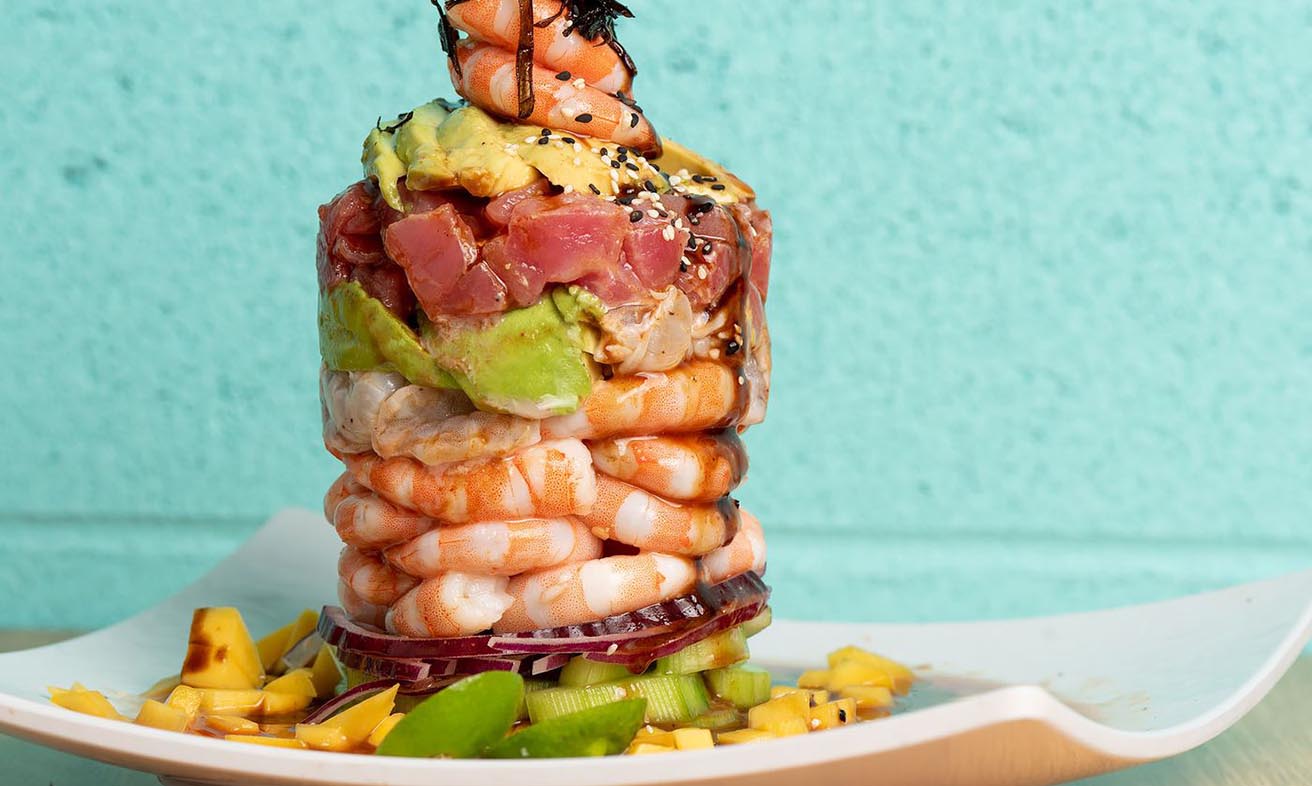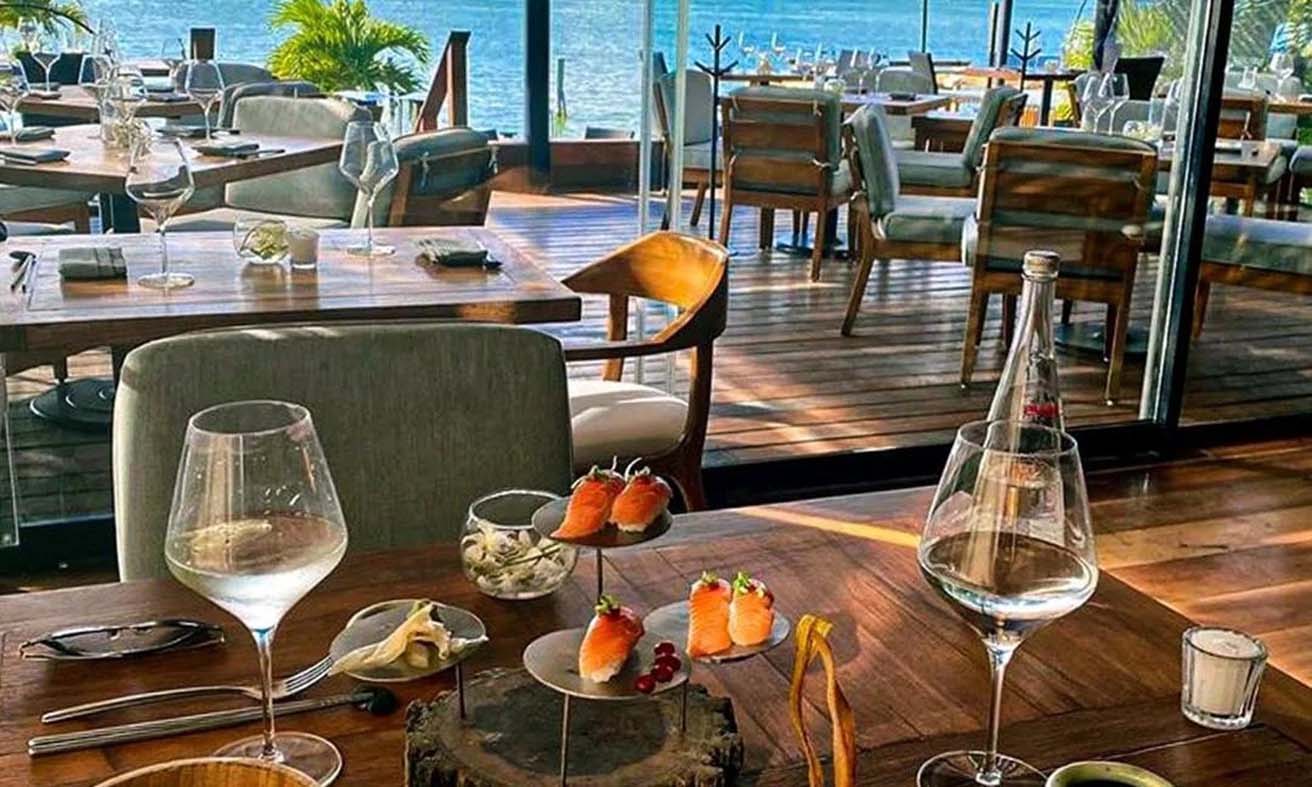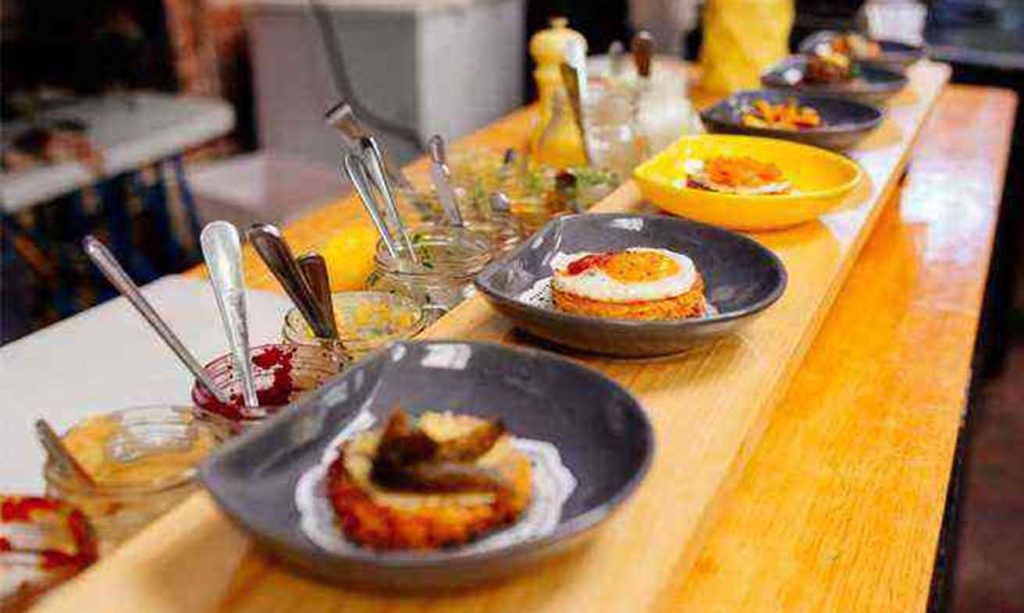Driving south from Cancún, the Caribbean Sea flashes intermittently through the trees—glimpses of turquoise that come and go like dreams. When I finally arrived in Chetumal, a warm, unassuming coastal town nestled near the Belizean border, I was greeted not by touristy fanfare but by a subtle, genuine kind of charm. Unlike Mexico’s more commercial hotspots, Chetumal feels like it was made for living, not just visiting.
This city moves at a slow, thoughtful pace. There’s salt in the breeze, and if you walk along the malecón—the coastal promenade—you’ll see locals lounging by coconut stands, barefoot children darting through fountains, and the occasional fisherman unloading his catch. I stayed here for eight days. Eight days of eating my way through every seafood joint I could find. I wasn’t sightseeing; I was tasting the ocean.
What follows is a list of restaurants that left a lasting impression on me—each tied to a lunch or dinner I’ll probably remember for years. For reservations, I relied heavily on OpenTable and Restorando, two very handy platforms. A few places also accept bookings via WhatsApp, which I actually found rather charming. It’s a local way of doing things—direct, unpolished, but surprisingly effective.
1. La Casita del Chef: Hidden Seafood Gem in a Narrow Alley
La Casita del Chef is the kind of place you’d walk right past if you didn’t know it was there. Tucked into a narrow side street slightly north of downtown, its entrance resembles a modest Mexican home. The sign is so subtle I had to double-check Google Maps to be sure I wasn’t knocking on someone’s front door.
Inside, the restaurant is cozy, dimly lit with warm yellow lights that make every dish look like a piece of art. There are maybe a dozen tables, and you can hear the hum of the small open kitchen. The owner greets guests himself, a cheerful man with a quick smile and a torrent of Spanish that I could only half follow—but his hospitality needed no translation.
I ordered the Torre de Mariscos—a “Seafood Tower”—which is their signature dish. Prawns, octopus, squid, and mussels layered on top of each other, garnished with finely chopped onions, cilantro, and a house-made sauce that had just the right amount of citrus and spice. The octopus was especially memorable—tender, melt-in-your-mouth, utterly free of any unpleasant ocean aftertaste. I paired it with a local Tecate beer and a side of tangy lime-chili salsa. That first bite—bright, salty, spicy—was a jolt of joy.
What impressed me just as much as the food was the transparency. The waiter took time to explain where everything came from: the squid arrived that morning from the port, the shrimp were caught just off the Belizean coast. That kind of honesty, that connection to the sea, made the meal all the more satisfying.
2. El Taco Loco: Budget-Friendly Bites That Punch Way Above Their Price
Lunch decisions can be hard when you’re in a town that practically smells like seafood, but the moment I remembered El Taco Loco, hesitation vanished. Situated on a busy downtown corner, it looks like a fast-food stand, but don’t be fooled—this is one of those beloved locals’ secrets. The crowd said it all.
I went back three times. I couldn’t get enough of their Tacos de Camarón (shrimp tacos) and Tostadas de Calamar Frito (fried calamari tostadas). The tacos came wrapped in sweet, handmade corn tortillas—grilled to a slight crisp on the outside, soft and pliant inside. The shrimp were marinated, then seared to a perfect golden brown. Every bite released a burst of smoky, spicy flavor, enhanced by a squeeze of lime. The calamari tostadas were equally impressive: crispy, generously topped, with a house salsa that packed a punch.
What made it even better? The price. A hearty meal here costs about 150 pesos (roughly 8 USD). And yet, the experience felt anything but cheap. The flavors were bold, the textures satisfying, and everything tasted freshly made. I suggest making a reservation via WhatsApp if you can—just message the owner. He speaks a little English, but more importantly, he’s friendly and eager to help.
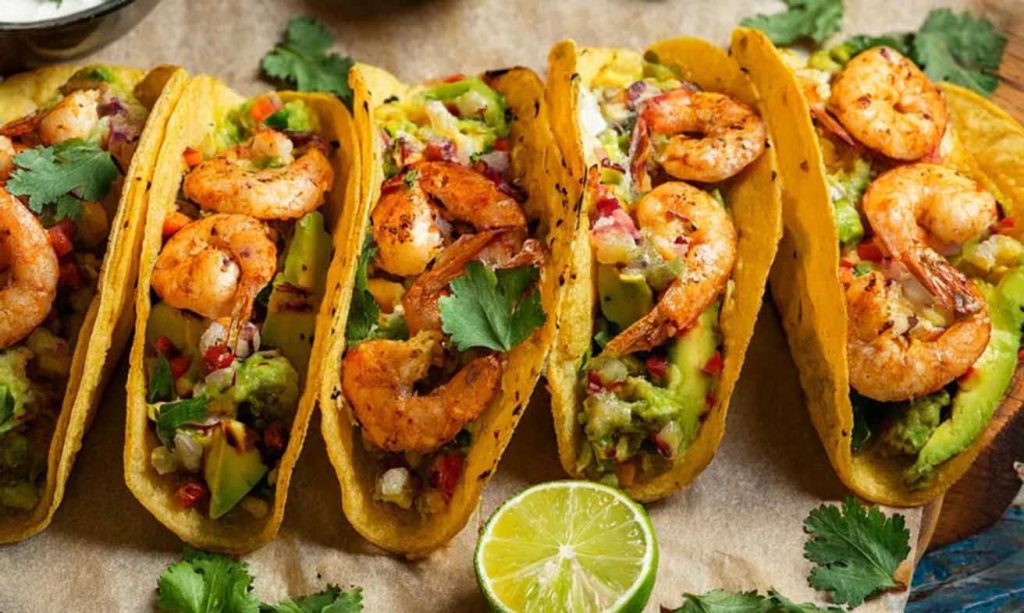
3. Marisquería El Taco Alegre: Chetumal’s Local Seafood Canteen
This place isn’t a restaurant in the traditional sense—it’s more like a large open-air dining hall. Located near the main market, it’s where locals flock during lunch hour. The first time I came here, I barely found a seat. The owner’s wife hustled through the tables, taking orders, calling out numbers, and juggling take-out bags. It was beautiful chaos.
Their standout dishes are the Caldo de Mariscos (seafood soup) and the Pescado Empanizado (breaded fish fillet). The soup came steaming hot in a clay bowl, brimming with large prawns, chunks of crab leg, slices of octopus, and several pieces of tender white fish. The broth was rich and oceanic but not greasy—comforting and complex. The breaded fish was made with locally caught tilapia, fried until golden, crispy on the outside and juicy within. Dip it in their homemade habanero salsa, and it goes from great to unforgettable.
Sure, the tables were plastic, and the chairs mismatched, but there was something deeply comforting about the atmosphere. You’re surrounded by people on their lunch break, kids running past, music from a nearby speaker playing Mexican pop hits. The food was only part of the experience—the rest was the texture of everyday life.
4. Almina: A Refined Seafood Dinner by the Sea
Almina sits right along the coast, and it’s the kind of place you go when you want to end your day with something a little more refined. I arrived just before sunset. The dining room was elegant, with white tablecloths, soft lighting, chandeliers, and polished waitstaff in bow ties. It had the feel of an old-school European seaside restaurant, but with unmistakably Mexican warmth.
I ordered the Pasta con Mariscos—handmade pasta tossed with shrimp, mussels, and clams in a slightly spicy tomato sauce. Each ingredient retained its identity, yet they came together in perfect harmony. A friend I was traveling with ordered the Pescado a la Leña (wood-fired fish), a whole snapper roasted over fruitwood. The skin was crispy, the flesh buttery, and the smoke gave it a lingering depth that reminded me of the grill fires back home.
Almina has an extensive wine list. I chose a crisp local white from a small winery in the region—recommended by our waiter—and it paired beautifully with the seafood. This was one of the more expensive meals I had, but worth every peso.
Make sure to reserve in advance via OpenTable, especially on Friday or Saturday nights when the place fills up quickly.
5. El Pez de Oro: A Touch of Gold on the Plate
El Pez de Oro—literally “The Golden Fish”—is a charming, slightly nautical-themed restaurant near the port. It’s a ten-minute walk from the hotel I was staying at, and from the outside, it looks modest. But inside, the decor is tastefully themed with navy and gold, reminiscent of an old fishing vessel.
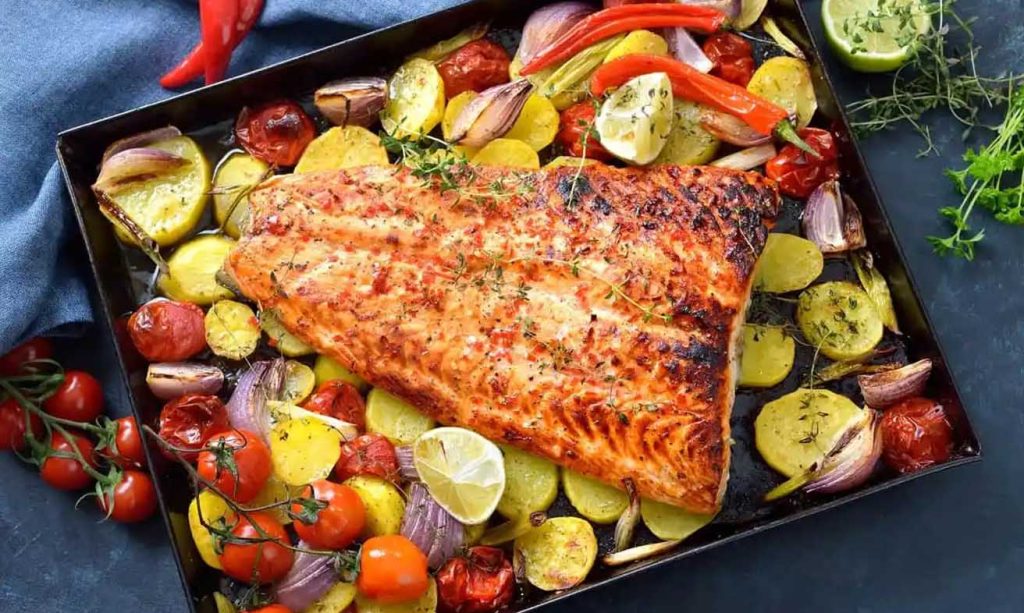
I ordered their signature Filete de Mero Asado (grilled grouper fillet). The fish was thick-cut, grilled to crisp perfection on the outside, yet moist and juicy inside. The seasoning leaned toward Caribbean flavors—subtly sweet, slightly spicy—a refreshing departure from the more traditional Mexican profiles I was used to.
Another must-try dish is the Camarones en Coco (shrimp in coconut sauce). The creamy coconut base hugged each shrimp with a tropical richness that was deeply comforting. They served it with coconut rice, which had a slight stickiness that absorbed the sauce beautifully.
The owner checked in personally after the meal and, to my delight, offered a complimentary shot of his homemade lime liqueur—sweet, tart, with just enough kick to mark the end of a delicious evening.
6. Paseo del Mar: A Night Market of Seafood by the Sea
On weekends, the Paseo del Mar transforms into a kind of open-air food market. Food trucks and stalls line the coastal road, and the air is thick with the scent of grilled shellfish, spices, and fresh tortillas. The whole place glows—lights twinkle from the carts, people stroll with plates in hand, laughter spills into the ocean breeze.
This isn’t a restaurant in the conventional sense—it’s a street food carnival. I had some of my most memorable bites here, like the Tacos de Langosta (lobster tacos) from an elderly couple running a tiny stand. They catch their own lobster, grill it over coals, and serve it chopped with avocado and chili powder on fresh corn tortillas. Simple, rustic, and devastatingly good.
Another gem was the Panuchos de Cangrejo (crab panuchos), a Yucatán specialty. These are fried tortillas stuffed with black bean paste and topped with shredded crab meat and pickled red onions. They crackle with flavor—salty, tangy, and just the right amount of heat.
I wandered the malecón, plate in hand, with the harbor lights reflecting off the water. Each bite felt like it belonged to the city. The sea wasn’t just a view—it was dinner, it was soundtrack, it was mood.
7. A Few Tips from the Seafood Trail
Most formal restaurants support online reservations through OpenTable or Restorando, which I found very reliable. For smaller, family-run spots, WhatsApp works surprisingly well—just don’t expect perfect English, and keep your messages polite and clear.
If you’re planning to do a seafood deep dive like I did, try to stay somewhere close to the waterfront or downtown. That way, you can walk to most of these places, enjoy your meal without worrying about transportation, and take a sunset stroll along the sea afterward.
Eating is one of the most direct, visceral ways to engage with a place. In Chetumal, every bite of seafood told a story of the sea, of the hands that pulled it in, of the recipes passed down through generations. These restaurants didn’t just serve meals—they offered slices of daily life, flavor by flavor. And long after the trip ends, the tastes still linger, drawing me back to the coast, where the ocean never really lets go.
